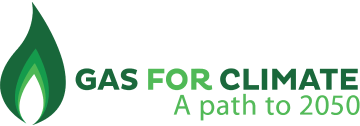Today, the Gas for Climate (GfC) consortium publishes a report analysing the impacts of the Fit for 55 package on the EU’s decarbonisation efforts and the role of renewable and low-carbon gases. The Fit for 55 is a comprehensive set of updates to existing laws and new legislative proposals from the European Commission to help achieve the EU target of 55% GHG emission reduction by 2030 compared to 1990 (the previous target was 40%). As such, it will have an immense impact on the decarbonisation of the EU economy. We welcome the level of ambition of the Fit for 55. However, our in-depth analysis shows that we can proceed even faster with decarbonisation efforts. To achieve that, the Fit for 55 proposals need to further clarify the role of renewable and low-carbon gases by 2030.
Our paper provides a set of eight key policy recommendations that are pivotal to accelerate market scale-up of renewable and low-carbon gases in Europe and in turn speed up the energy transition. These recommendations are underpinned by both a quantitative and qualitative analysis of the Fit for 55. In total, we expect the FF55 to result in a 9.4% share of renewable gases in the total gas demand by 2030, versus the 11% binding target the GfC consortium proposes under the RED II.We show that decarbonisation of several key sectors can be further sped up with renewable and low-carbon gases compared to Commission’s plan, including the iron and steel sector, aviation, maritime, and high-temperature heating. Beyond that, GfC argues for further uptake of low-carbon gases, however their targets are not specified in the current Fit for 55 proposals.
Since our first analysis in 2018, we have been working towards a European market for renewable and low-carbon gases with a focus on minimising overall societal costs and maximising the efficacy of the energy transition. Now, a political commitment to the role of gas infrastructure and renewable and low-carbon gases in meeting EU climate goals is needed. Otherwise, we are at risk of missing the 2030 goals. Across the economy, we are currently at a crossroads, which will determine the direction of the decarbonisation efforts in many areas, and the European gas infrastructure is key in supporting the transition.
Read our Key policy recommendations and analysis here.

